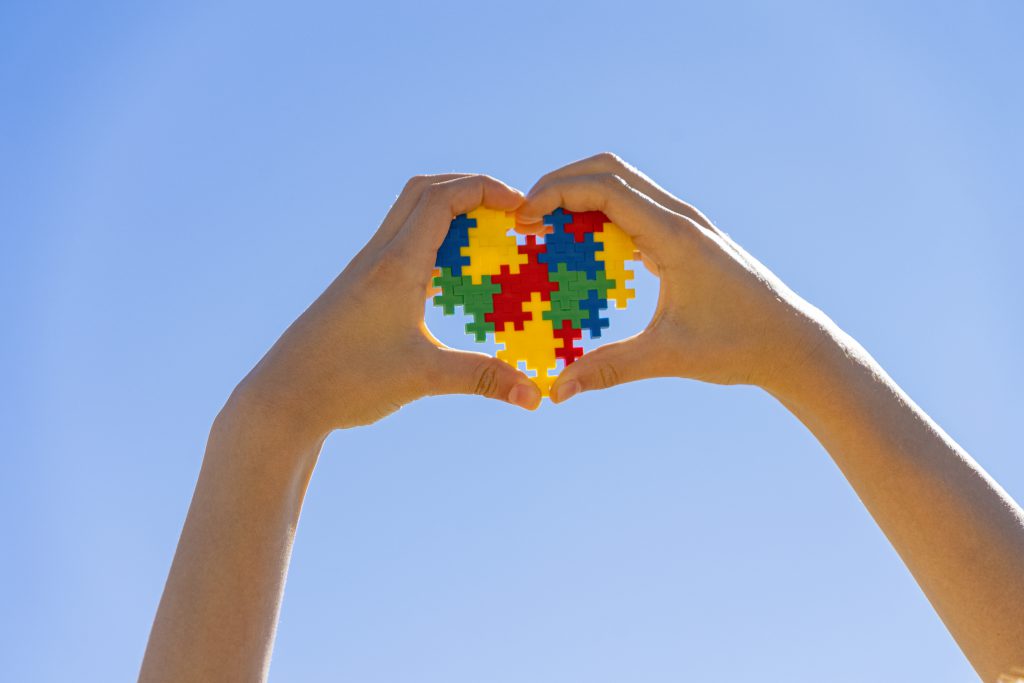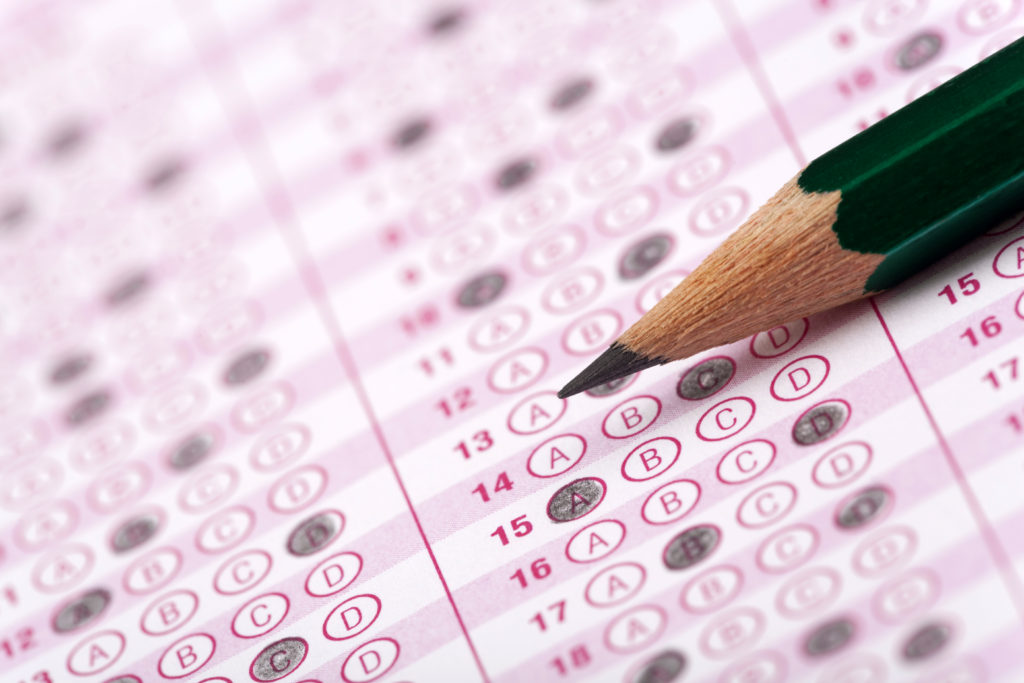We have delved into what autism spectrum disorders are, the different types, and their possible causes. Much like any chronic condition, early detection, and diagnosis is key to helping children. This article is going to outline some of the social communication and behavioral signs of autism spectrum disorder. Moreover, we will delve into the timeline in which these symptoms develop.
Social Communication and Interaction Signs of Autism Spectrum Disorder
According to Mayo Clinic, a child or an adult with an autism spectrum disorder might exhibit any of the following behaviors:
- Does not respond to their name or appears not to hear being called at sometimes
- She or he resists holding and cuddling and would rather play alone
- Has poor eye contact and a lack of facial expression
- Has delayed speech or does not speak or loses previous verbal abilities to say words or phrases
- Unable to start a conversation or keep one going, or they only start a conversation to label things or to make requests
- Speaks with an abnormal tone or rhythm
- Repeats words or phrases verbatim but does not understand them and the context in which they should be used
- Does not seem to understand simple questions or directions
- Does not express emotions and seems unaware of other’s feelings
- Has difficulty recognizing nonverbal cues such as interpreting other people’s expressions, body language, and tone
Patterns of Behavior of Autism Spectrum Disorder
In addition to social communication and interaction signs, a child, adolescent or teenage, or adult with an autism spectrum disorder might exhibit several behavioral patterns. An individual with autism spectrum disorder may have limited repetitive patterns of behavior interests or activities such as:
- Makes repetitive movements, which can include any of the following rocking, spinning, or hand flapping.
- Partakes in activities that could cause self-harm, such as banging head against objects and biting.
- Has particular routines and can get agitated if there is the slightest change.
- Coordination is problematic, or the child might have odd patterns of movement. The individual might be clumsy and might have odd stiff and exaggerated body language. For example, a child might walk on their toes.
- Fascinated and fixated on the details of objects, for example, a toy car, a child with autism spectrum disorder will be focused on the spinning wheels. But the child would not understand the overall purpose of the toy car or the object.
- Is very sensitive to light, sound, or touch, however, tends to be indifferent to pain or temperature
- Has specific preferences in food, eats only a few types of food or can refuse certain foods based on their texture.
Early Signs of Autism Spectrum Disorders
There is a significant variation in the age at which autism spectrum disorders are diagnosed and exhibited. Some infants might show signs in their first months, while others will show characteristic behavior as late as two or three. Children that have autism spectrum disorder do not necessarily have to show all the previously discussed symptoms. Moreover, many children that do not have autism spectrum disorders might exhibit some symptoms. Thus, a professional evaluation is essential.
Babies grow at different paces, and many children do not follow the exact timelines mentioned in parenting books. The following section will outline certain signs that a child is at risk for autism spectrum disorder. If a child shows any of the following signs, seek professional help and evaluation.
By Six Months
- There is limited or no eye contact.
- There are few or no big smiles or other joyful expressions.
By Nine Months
- There is little or no reciprocation of sounds, facial expressions, and smiles.
By 12 Months
- There is little or no babbling.
- There is little or no back and forth of gestures; examples are pointing and waving.
- There is little or no reaction and response to their name.
By 16 Months
- The child has very little or no words
By 24 Months
- There are very few meaningful two-word phrases, and this does not include imitating or repeating.
Lastly, for a list of autism spectrum disorder symptoms at any age, click here.
Concluding Remarks
Autism spectrum disorder is incurable. However, with early detection and a clear and appropriate intervention plan, a child’s symptoms may be reduced, there can also be noticeable improvements in cognitive ability and daily living skills. Thus, maximizing the ability of the child to function and participate in the community.




Leave a Reply